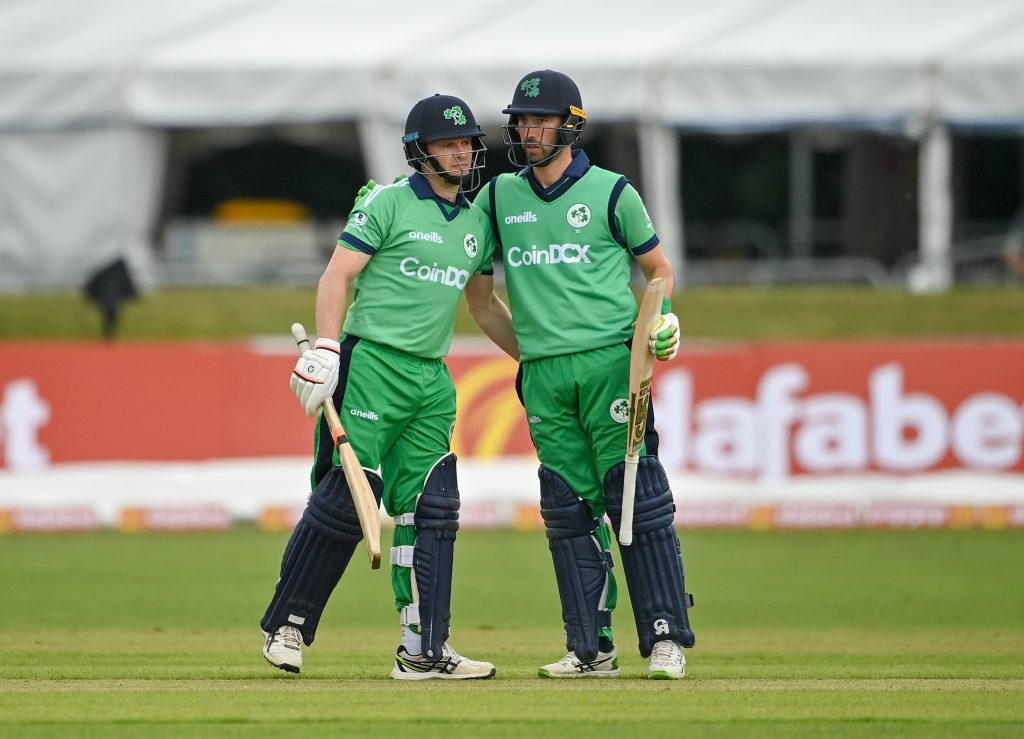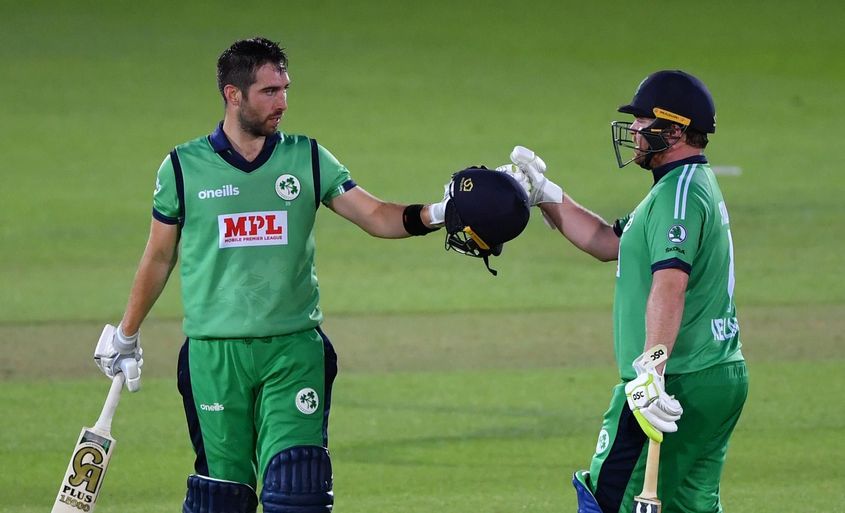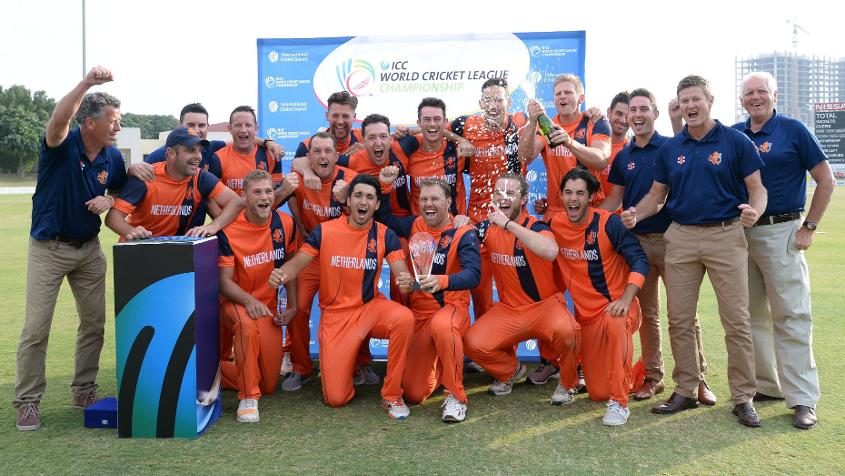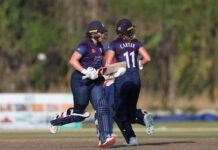The blandly-worded news from Tuesday’s meeting of the ICC Executive Board that ‘Following the expansion of the ICC Men’s Cricket World Cup to a 14-team event in the next cycle2027 [sic], the Board accepted a recommendation from the Chief Executives Committee that the primary avenue for qualification for the event be based on rankings at a pre-determined cutoff date’ is yet another blow for those who might have hoped that the governing body was moving in the direction of fairness and transparency in its qualification pathways.
Just three years after it abolished the World Cricket League structure, replacing it with a 13-team Super League, a 7-team League 2 and a 12-team Challenge League, all of which was supposed to ensure a slightly more even pathway to World Cup qualification and get rid of meaningless bilateral ODI series for the Full members, the ICC has bizarrely decided to place its faith in the notoriously-flawed MRF ODI Rankings.

It is true that the Super League was not without its problems: its cobbled-together fixture list determined that the participants only faced eight opponents, which meant that Ireland, for example, were spared facing Australia, India, Pakistan and Sri Lanka while Afghanistan met all of those four while avoiding England, New Zealand, South Africa and the West Indies.
The Covid-19 pandemic, moreover, has played havoc with the schedule, so that many of the three-match series have been postponed and at this point England, Ireland and Sri Lanka have played 15 of their 24 matches while New Zealand, Afghanistan and the Netherlands have played just three.
This means that at the moment of its apparent abolition the Super League has simply not been given a fair trial.
And what is it being replaced with? A rankings system which is ultimately dependent upon which opponents the Full members deign to play, and which is therefore open to conscious manipulation in order to improve one’s position as the cut-off date for qualification begins to loom.
The truth is that the Board has never really been committed to a fairly competitive, results-based merit system for its Full members, and is now being forced to face up to the consequences of its 2017 decision to grant Full membership and sham Test status to Ireland and Afghanistan.
It appears that the decision to expand the 2027 World Cup to fourteen teams was driven at least as much by the anxieties of twelve Full members about missing out on the tournament as it was by any genuine desire to expand the competition’s global reach, and that, it has been suggested, leads inexorably to the abolition of a 13-team Super League.
But the notion that a 14-team World Cup necessarily implies a massively expanded Super League is a nonsensical shibboleth.

There is nothing to prevent, say, the top eight in the Super League going directly to the World Cup, as at present, and the rest going into an expanded qualifying tournament from which the top six would progress.
Or if the Full members were determined to massage their chances of qualification, as they clearly are, then there could be ten direct qualifiers with the remaining three (or four if the Super League were modestly expanded to 14) taking part in a qualifying tournament.
The issue is not the size of the Super League: it’s the reluctance of the Full members, and especially the more powerful ones, to see their precious schedules constrained by anything as rational as a proper competitive structure.
After all, the BCCI would be less able to blackmail others by threatening to cancel lucrative visits if some of their fixtures were part of a well-established Super League. And heaven forfend that Cricket Australia should be forced to play a three-match ODI series against the likes of Ireland or the Netherlands.
For the leading Associates, the consequences of the reversion to a rankings-based system need to be balanced against the carrot of at least two places in the World Cup.

Only one country (the Netherlands in the current cycle) is immediately affected, but for others the abolition of the Super League removes the incentive of qualifying for the next edition by finishing as the top Associate at the World Cup Qualifier.
And for all those Associates on the ODI rankings table – eight of them at present – there will remain the insuperable problem of trying to arrange bilateral fixtures against notoriously reluctant Full members.
Not content with starving the Associates of resources they prefer to stuff into their own coffers, the Full members have by and large had a shameful record of agreeing to ODIs against such insignificant opponents.
If the ICC Executive Board had any real interest in bringing more sides into the top tier and ensuring that the two Associate qualifiers were not just making up the World Cup numbers, it would insist that every Full Member played a minimum number of ODIs every year against Associate opponents.
Suppose we were to set an initial annual target of three ODIs against FM opposition for each Associate; with eight in the latter category and twelve in the former, that would require each Full member to play just two additional games a year.
Too much to hope for, given the current set-up? Would even the incentive of ‘easy’ rankings points not persuade the masters of Mumbai, St John’s Wood and Jolimont? Perhaps, but what is as clear as a good umpire’s call of no ball on a windless day is that this decision has once again caused enormous damage to the ICC’s fragile reputation as the custodian of the world game.
You’re reading Emerging Cricket — brought to you by a passionate group of volunteers with a vision for cricket to be a truly global sport, and a mission to inspire passion to grow the game.
Be sure to check out our homepage for all the latest news, please subscribe for regular updates, and follow EC on Twitter, Facebook, LinkedIn and YouTube.
Don’t know where to start? Check out our features list, country profiles, and subscribe to our podcast.
Support us from US$2 a month — and get exclusive benefits, by becoming an EC Patron.






